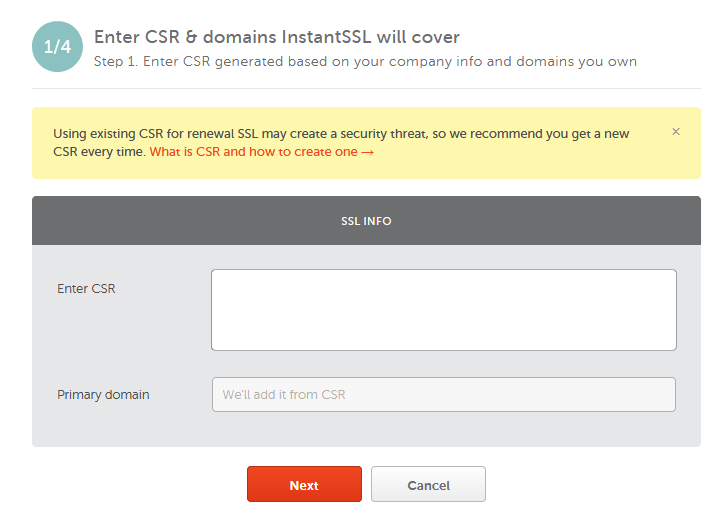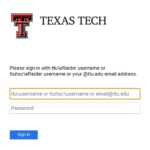In today’s digital landscape, securing online information is paramount. Wildcard certificates stand as a powerful solution, offering a blanket of security that spans across multiple sub domains. Explore this detailed guide to understand the ins and outs of wildcard certificates, their functionality, implementation, and the value they bring to your digital security.
Introduction
Understanding the essence of wildcard certificates lays the foundation for robust digital security. These certificates function as a shield, ensuring encrypted connections across various sub domains within a single domain. Let’s embark on a journey to unravel the significance and utility of wildcard certificates in modern cyber security landscapes.
Exploring Wildcard Certificates
Wildcards symbolize versatility and adaptability, and in the realm of cyber security, wildcard certificates exhibit the same traits. They function as a single certificate covering multiple sub domains under a specific domain, offering a cost-effective and efficient way to encrypt information flow.
Benefits of Wildcard Certificates
The advantages of wildcard certificates extend beyond their convenience. They streamline the process of securing numerous sub domains, reducing administrative overhead and cost while maintaining robust security measures.
Enhanced Security across Sub domains
One of the key perks of wildcard certificates is their ability to provide uniform security across all associated sub domains, ensuring data integrity and encryption throughout.
Cost-Effective Encryption Solution
Implementing individual certificates for each sub domain can be financially burdensome. Wildcard certificates present a cost-effective alternative by safeguarding multiple sub domains under a single certificate.
Simplified Certificate Management
Managing multiple certificates can be a logistical challenge. Wildcard certificates simplify this by consolidating the management process, and minimizing administrative tasks.
Implementing Wildcard Certificates
Deploying wildcard certificates involves a structured process that demands meticulous attention to detail. From certificate generation to installation, understanding the steps ensures a seamless integration of these security measures.
Securing Diverse Sub domains
Wildcard certificates are designed to cover a wide array of sub domains. From blog.domain.com to store.domain.com, these certificates ensure a uniform level of encryption across the board.
FAQs
How does a wildcard certificate differ from a regular SSL certificate? Wildcard certificates secure a domain and all its sub domains, while regular SSL certificates are domain-specific and cannot secure sub domains.
Can wildcard certificates be used for multiple domains? No, wildcard certificates are domain-specific and can only secure sub domains under a single domain.
Are wildcard certificates compatible with all servers? While most modern servers support wildcard certificates, it’s crucial to verify compatibility with your specific server.
Is there a limit to the number of sub domains a wildcard certificate can secure? Wildcard certificates typically cover an unlimited number of sub domains under a specific domain.
Do wildcard certificates work for both HTTP and HTTPS? Yes, wildcard certificates can secure both HTTP and HTTPS connections across sub domains.
Are there any security risks associated with wildcard certificates? Improper management or exposure of private keys poses a risk. However, following best practices mitigates such risks effectively.
Conclusion
Wildcard certificates stand as an indispensable asset in fortifying digital security infrastructure. Their ability to encompass diverse sub domains under a single encrypted shield streamlines security management and significantly reduces costs. Embrace the power of wildcard certificates to fortify your online presence and ensure data integrity across your digital domains.








